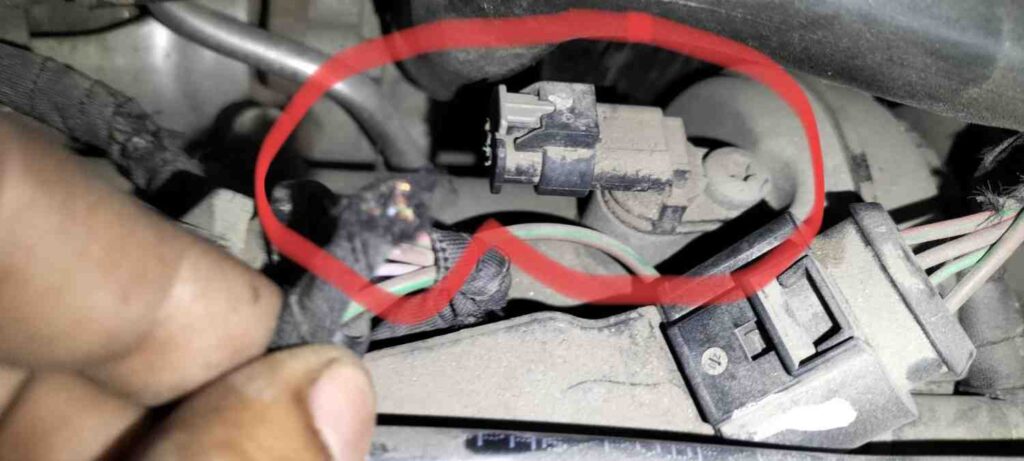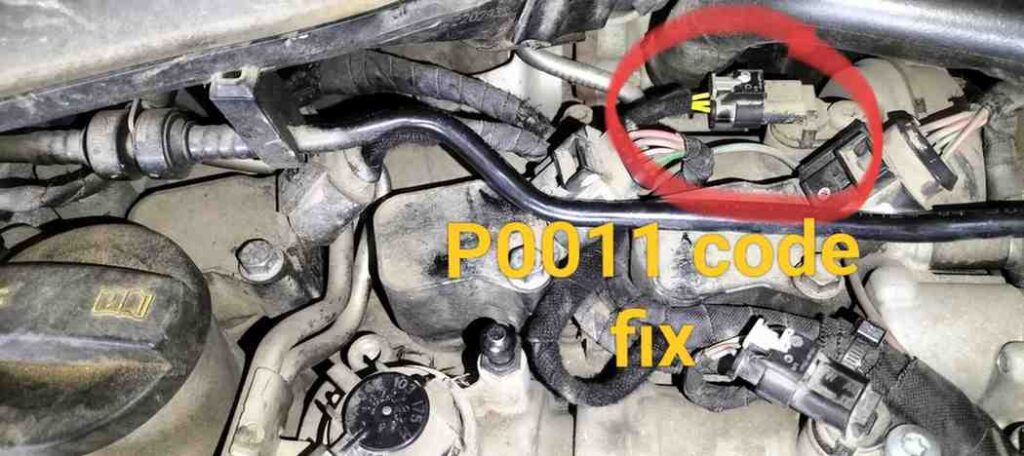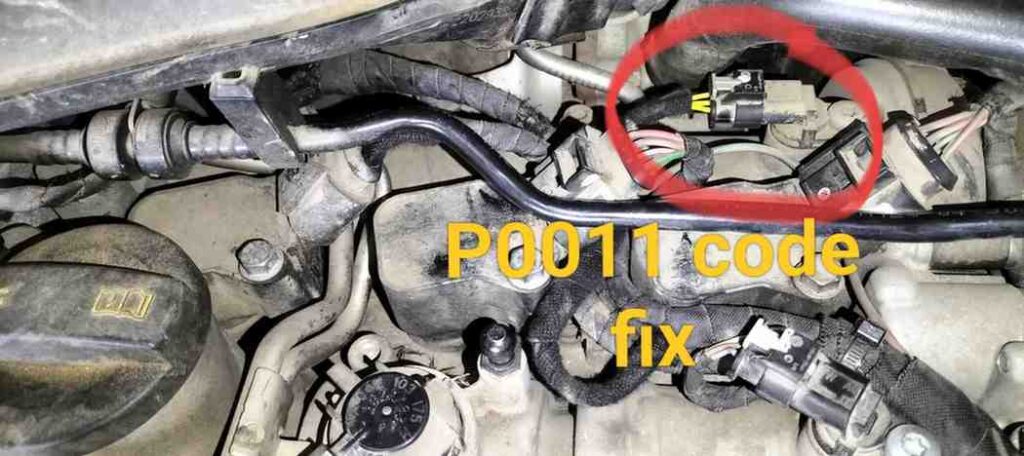Facing that dreaded check engine light with OBD code P0011 ? Don’t panic. This common issue affects thousands of vehicles, especially those with variable valve timing (VVT). The error relates to the camshaft position sensor timing and, if not resolved, can reduce performance and cause long-term engine damage.
This guide breaks down the problem and gives you 5 practical steps to fix it without losing your cool—or your savings.
🔍 What Does OBD Code P0011 Really Mean?
OBD CODE P0011 “A” Camshaft Position Timing Over-Advanced or System Performance (Bank 1) is a trouble code that indicates your Engine Control Module (ECM) has detected that the camshaft timing is out of camshaft position sensor timing issue.

Bank 1 refers to the side of the engine with cylinder 1, and “over-advanced” means the camshaft is ahead of where it should be. This affects fuel injection, ignition timing, and ultimately your car’s power and efficiency.
camshaft position sensor timing issue
⚠️camshaft position sensor timing issue Common Symptoms of Code P0011
Table of Contents
Before jumping into the fix, it’s essential to recognize the signs your car might show:
Check Engine Light (CEL) stays on 🔧
Rough idle or engine stalling 🚨
Poor fuel economy ⛽
Hard starting or hesitation when accelerating
Engine knocking sounds at idle
These symptoms may vary depending on the make and model, but if you see them alongside the P0011 code, it’s time for action.
—
🧰 Step-by-Step: How to Fix Code P0011 Effectively
Fixing this error code can be easy or complex depending on the root cause. Follow this structured approach:
1️⃣ Check Your Engine Oil
Yes, something as simple as old or low engine oil can trigger the P0011 code. Variable Valve Timing systems rely on proper oil pressure.
Fix: Change your oil and oil filter using manufacturer-recommended oil.
Tip: Dirty or wrong-viscosity oil is often the #1 reason this code appears.
2️⃣ Inspect the Camshaft Position Sensor
The camshaft position sensor tracks the position of the camshaft and sends the signal to the ECU.
Fix: Use an OBD-II scanner to confirm faulty sensor signals. Replace if necessary.
Cost: Replacing a camshaft sensor typically costs ₹1,500–₹4,000 in India ($40–$80 internationally).
3️⃣ Examine the VVT Solenoid (Oil Control Valve)

This solenoid controls oil flow to the camshaft phasers. A stuck solenoid can cause timing issues.
Fix: Remove and clean the solenoid with brake cleaner or replace it.
Note: A dirty solenoid may not trigger its own code but can still cause P0011.
4️⃣ Look for Timing Chain or Belt Issues
If your engine uses a timing chain or belt, it may have stretched or skipped a tooth, causing camshaft misalignment.
Fix: This is a more labor-intensive job. Get a mechanic to inspect the timing alignment.
Cost: ₹6,000 to ₹20,000 depending on car and labor charges.
5️⃣ Reset the Code and Re-test
After repairs, always clear the code with an OBD-II scanner and take the car for a test drive.
If the check engine light stays off for 50–100 km, the issue is resolved.
If it returns, re-check the sensor, solenoid, or engine timing.
🔧 Can I Drive With DTC Code P0011?
Short answer: Only for a short distance.
While your car might still run with this code active, doing so risks:
Permanent engine damage
Poor fuel economy
Reduced engine power
It’s best to address the issue ASAP to prevent costly repairs.
💡 Pro Tips to Prevent Future Timing Issues
Always use high-quality oil and change it on schedule.
Clean or replace the oil control valve every 50,000 km.
Keep the engine control module (ECM) software updated from the dealership.
Don’t ignore small check engine signals — early detection saves money.
📌 Final Thoughts
The DTC P0011 code might sound technical, but it’s a fixable issue — often without a mechanic if you’re comfortable under the hood. With a basic OBD-II scanner, clean oil, and a bit of attention to your camshaft sensor and VVT system, you can restore your car’s performance without breaking the bank.
Whether you’re driving a Honda, VW, audi, Toyota, Hyundai, or Maruti, this error follows the same basic logic. Treat your car well, and it’ll return the favor with smooth performance and better mileage.
—
⚠️ Disclaimer
The information provided in this blog is for educational and informational purposes only. Car repairs can vary based on the make and model. Always consult a certified mechanic or technician before performing any automotive repairs. The author is not responsible for any damage or injury resulting from DIY fixes.
Unleashing the Power of Style and Performance: The All-New Tata Nexon
RGARDS: HUDDA SUMAN
